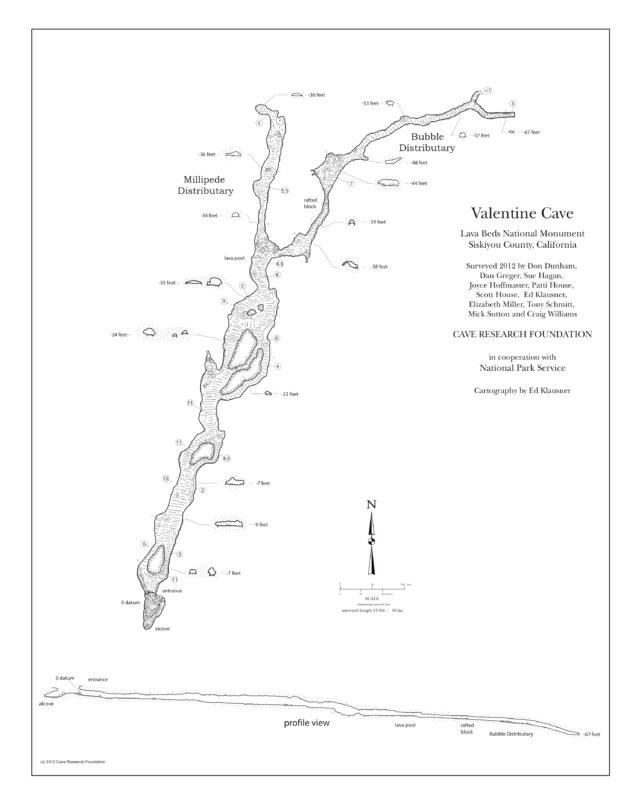The BRAILLE team explored many of the lava tubes in LABE, collecting data on the biology and composition of each cave. Below are details on three of the caves featured during the 2017 and 2018 research campaigns.

Valentine Cave was chosen due to its smooth floors and high ceilings. These features allow for easy navigation as the CaveR rover traversed the cave, analyzing its structure and biology.
While inside Valentine Cave, the CaveR rover underwent a simulation of lava tube data collection on Mars. While the CaveR rover navigated Valentine Cave, scientists and engineers monitored its progress from outside the cave, analyzing received data to pinpoint areas of interest.
All three caves featured here are considered among the easiest caves to explore in Lava Beds National Monument. Skull cave was named for the human and animal skeletons explorer E.L. Hopkins found upon venturing inside the uncharted cave during the early 19th century. The cave is also known for its ice floor, which is maintained year round by the cave’s low temperatures.
For 10,000 years, the Merrill Cave has maintained temperatures low enough to support ice formation. However, due to the effects of global warming, scientists have seen a drastic change in Merrill Cave temperatures, as well as the temperatures of many other lava tubes at LABE. 80% of lava tube caves in LABE with year round ice formations have been affected by global warming, resulting in a drastic decrease in the volume of ice deposits at LABE.
References:
